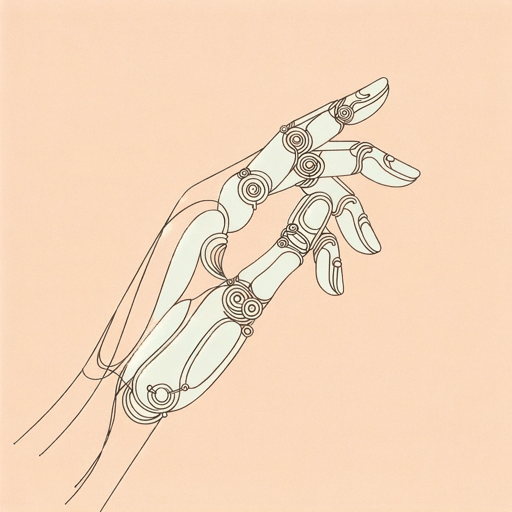70 pages • 2 hours read
Isaac AsimovI, Robot
Fiction | Novel | Adult | Published in 1950A modern alternative to SparkNotes and CliffsNotes, SuperSummary offers high-quality Study Guides with detailed chapter summaries and analysis of major themes, characters, and more. For select classroom titles, we also provide Teaching Guides with discussion and quiz questions to prompt student engagement.
Symbols & Motifs
Machine
A Machine is a robot built specifically as a mechanical intelligence. What today is called a mainframe computer, a Machine does advanced thinking, especially on economics, business management, and worldwide supply chains. It exhibits intelligence similar to what, in the 21st century, is superior Artificial Intelligence. Five Machines run the world’s economy: another works at US Robots. Like all robots, Machines obey the Three Laws of Robotics and therefore act strictly for the benefit of people. In the story, the Machines, despite their value, are despised by the Fundamentalist group Society for Humanity, which tries but fails to subvert them.
Positronic brain
The positronic brain is the device that controls a robot. The name comes from “positron,” a type of atomic particle newly discovered at the time the author wrote the book. The author does not explain how it works, but the main characters understand that, because of the mechanism’s positronic structure, robots cannot disobey the Three Laws of Robotics that constrict their behavior: “It’s a mathematical impossibility” (8).
After I, Robot was published, positronics became a feature of many sci-fi stories by other authors. Star Trek spaceships rely on positrons—electrons with reversed electric charge—as propulsion fuel.
Related Titles
By Isaac Asimov
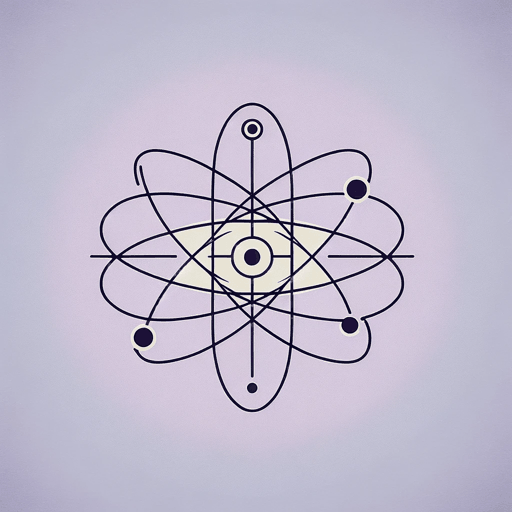
Foundation
Isaac Asimov
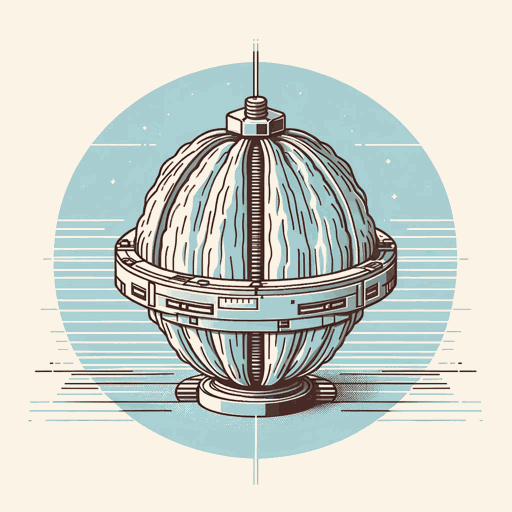
Foundation and Empire
Isaac Asimov

Rain, Rain, Go Away
Isaac Asimov
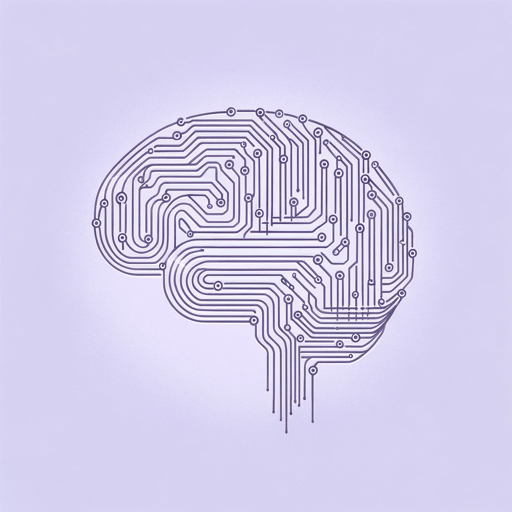
Robot Dreams
Isaac Asimov
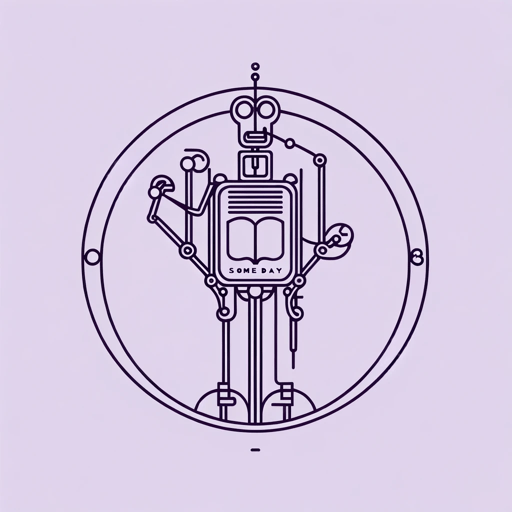
Someday
Isaac Asimov
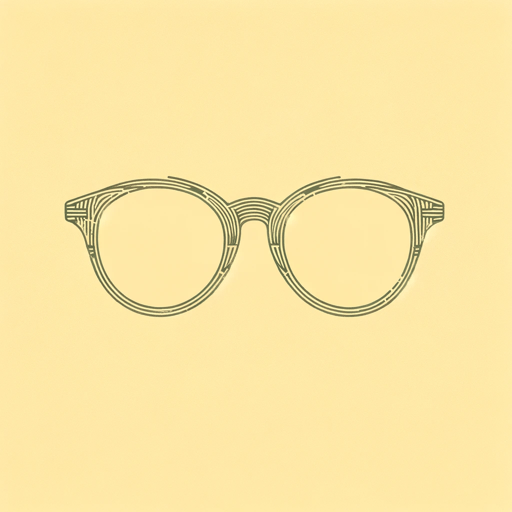
The Caves of Steel
Isaac Asimov
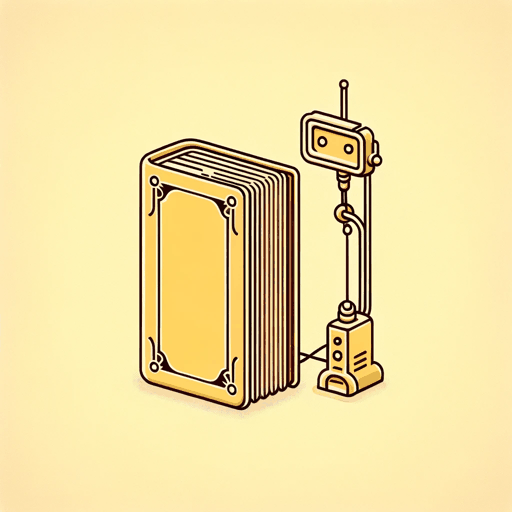
The Fun They Had
Isaac Asimov

The Gods Themselves
Isaac Asimov
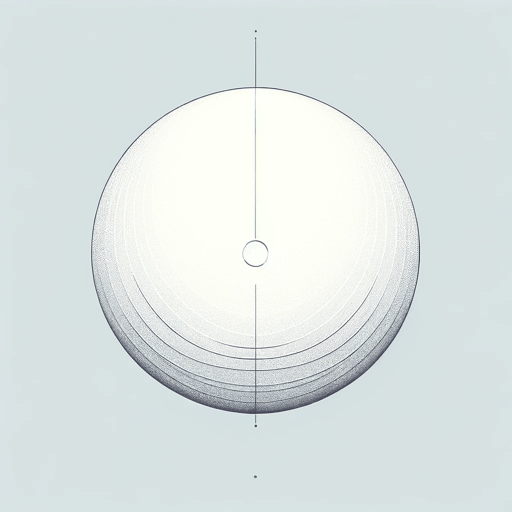
The Last Question
Isaac Asimov

The Ugly Little Boy
Isaac Asimov
